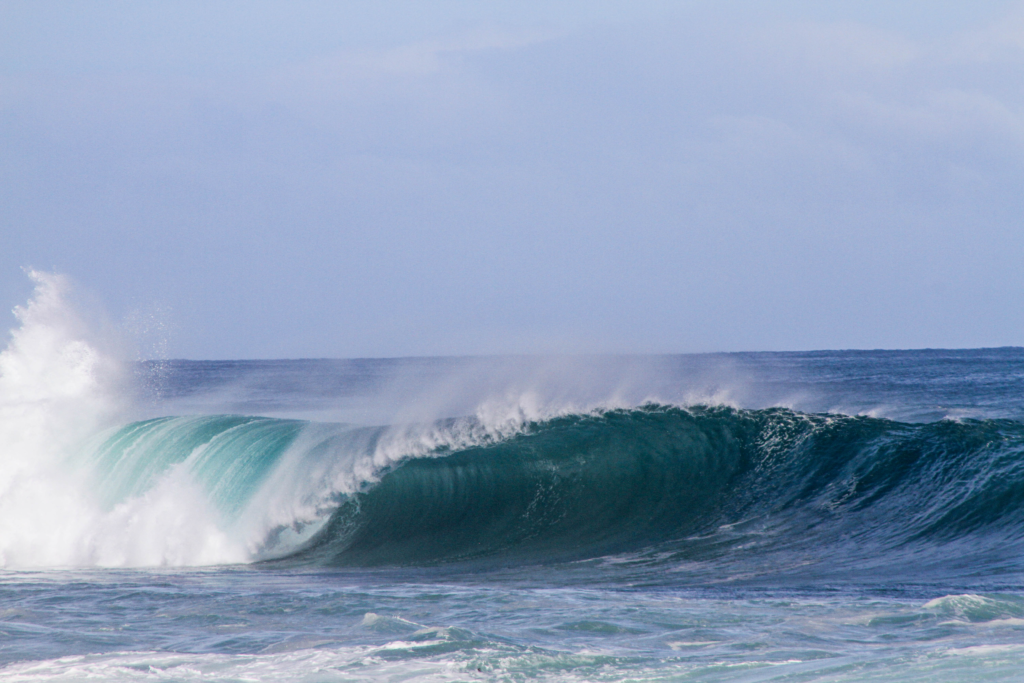Back to the Oceans
Key Notes :

1. Introduction to Oceans
- Oceans cover about 71% of the Earth’s surface and are vital to life on Earth.
- There are five main oceans: Pacific, Atlantic, Indian, Southern, and Arctic.
- Oceans are home to a diverse range of plants and animals.
2. Ocean Zones
- Epipelagic Zone (Sunlight Zone): This is the top layer where most sea life is found, as sunlight penetrates this zone.
- Mesopelagic Zone (Twilight Zone): This zone gets less sunlight, and organisms here adapt to low light.
- Bathypelagic Zone (Midnight Zone): No sunlight reaches here; only organisms that can withstand extreme pressure and cold live here.
- Abyssopelagic Zone: The deepest part of the ocean, with very few organisms due to high pressure and low temperatures.
- Hadal Zone: Found in deep ocean trenches, this zone is characterized by extreme conditions.
3. Marine Life
- Oceans support an incredible variety of marine life including fish, whales, dolphins, sharks, turtles, and jellyfish.
- Marine plants, such as phytoplankton and seaweed, play a crucial role in producing oxygen and supporting the food chain.
4. Ocean Currents
- Ocean currents are large-scale movements of water within the world’s oceans.
- They are driven by wind, temperature, salinity differences, and the Earth’s rotation.
- Surface currents influence climate and weather patterns, while deep ocean currents are important for nutrient distribution.
5. The Importance of Oceans
- Oceans regulate the Earth’s climate by absorbing and releasing heat.
- They provide food, minerals, and medicinal resources.
- Oceans support global trade through shipping and provide recreational activities.
6. Threats to Oceans
- Pollution: Oil spills, plastic waste, and other pollutants harm marine life.
- Overfishing: Excessive fishing depletes fish populations.
- Climate Change: Rising sea levels and ocean acidification affect marine ecosystems.
- Coral Bleaching: Rising water temperatures lead to the bleaching of coral reefs, which threatens marine biodiversity.
7. Conservation Efforts
- Protecting marine reserves and establishing sustainable fishing practices are important for preserving ocean life.
- Reducing plastic waste and other pollutants helps maintain clean oceans.
- Supporting research on ocean health and marine biodiversity helps in long-term conservation.
8. Fun Facts about the Oceans
- The Great Barrier Reef in Australia is the largest coral reef system in the world.
- The Mariana Trench is the deepest part of the world’s oceans, reaching a depth of about 36,000 feet (10,994 meters).
Let’s practice!

